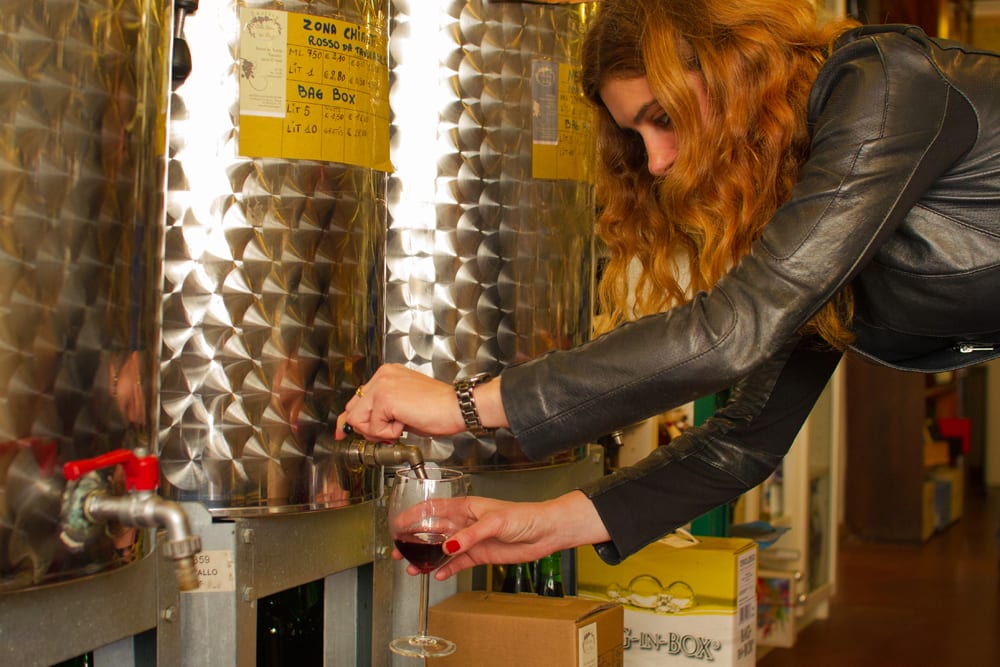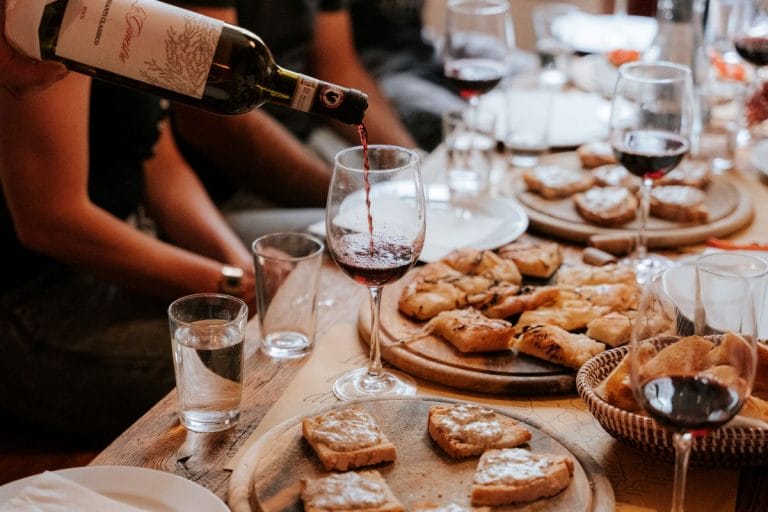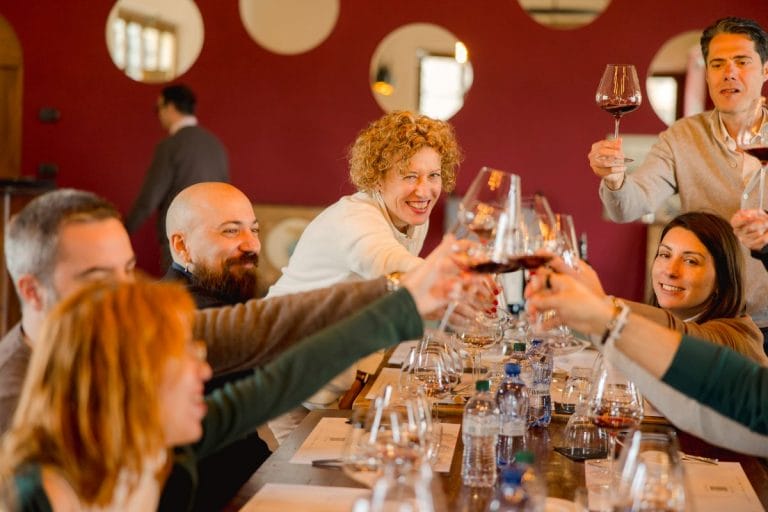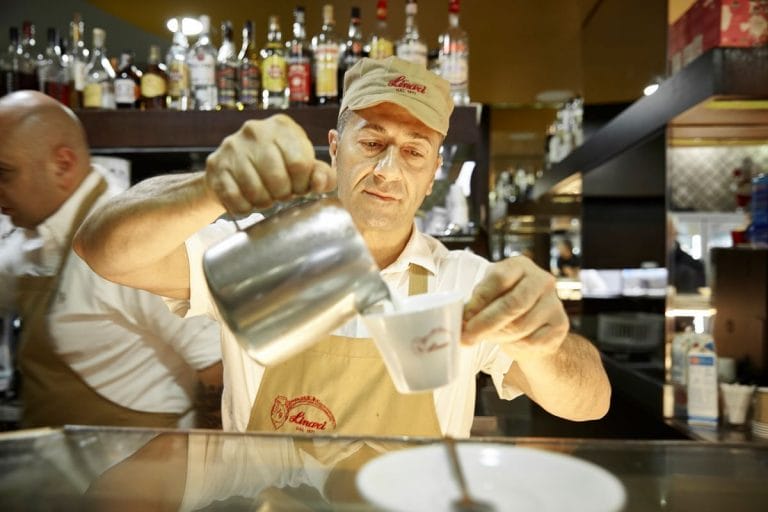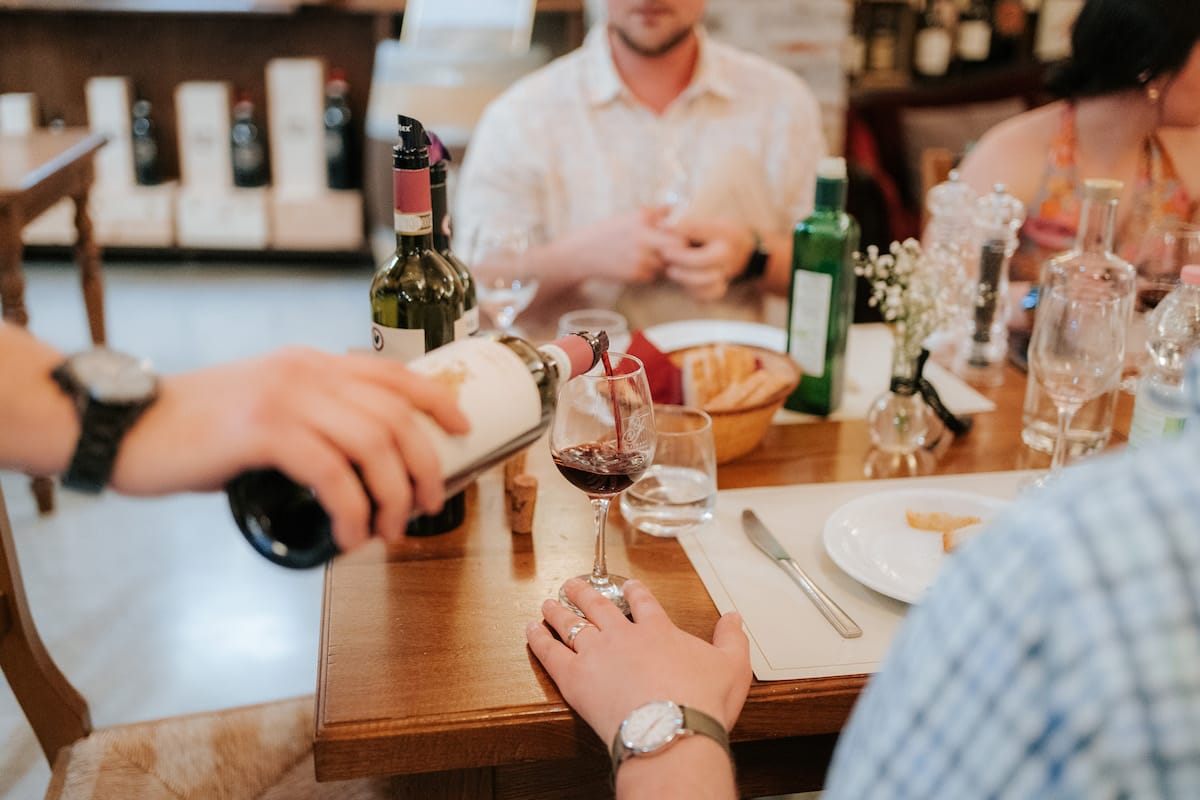
How to Enjoy the Best Italian Wines in Rome, Venice & Florence
November 20, 2024
“A meal without wine is like a day without sunshine.” – Italian proverb
The history of wine in Italy is as old as the culture itself. Its popularity is evident not only in its ubiquity at social events and family gatherings but also in the nearly endless wine-based proverbs in Italian and its various dialects. However, this fantastically robust wine culture creates its own problems for travelers in Italy, namely figuring out which are the best Italian wines for you.
That’s where we come in. The secret to enjoying best Italian wines – indeed any good wines, is not just to drink them, but to experience the people, places, and cultures that create them. Whether you are booking your trip across the peninsula or perusing the line-up at your local enoteca (the Italian for ‘wine shop’), the more you know about Italians wines, the better your experience will be.
With that in mind, we’ve written a series of guides explaining how to enjoy the best wines in the various regions of Italy. Below you will find not only tips on what you should be drinking in a given region but also hints and tricks on where and how to access these divine tipples as well as the rich cultures that surround them.
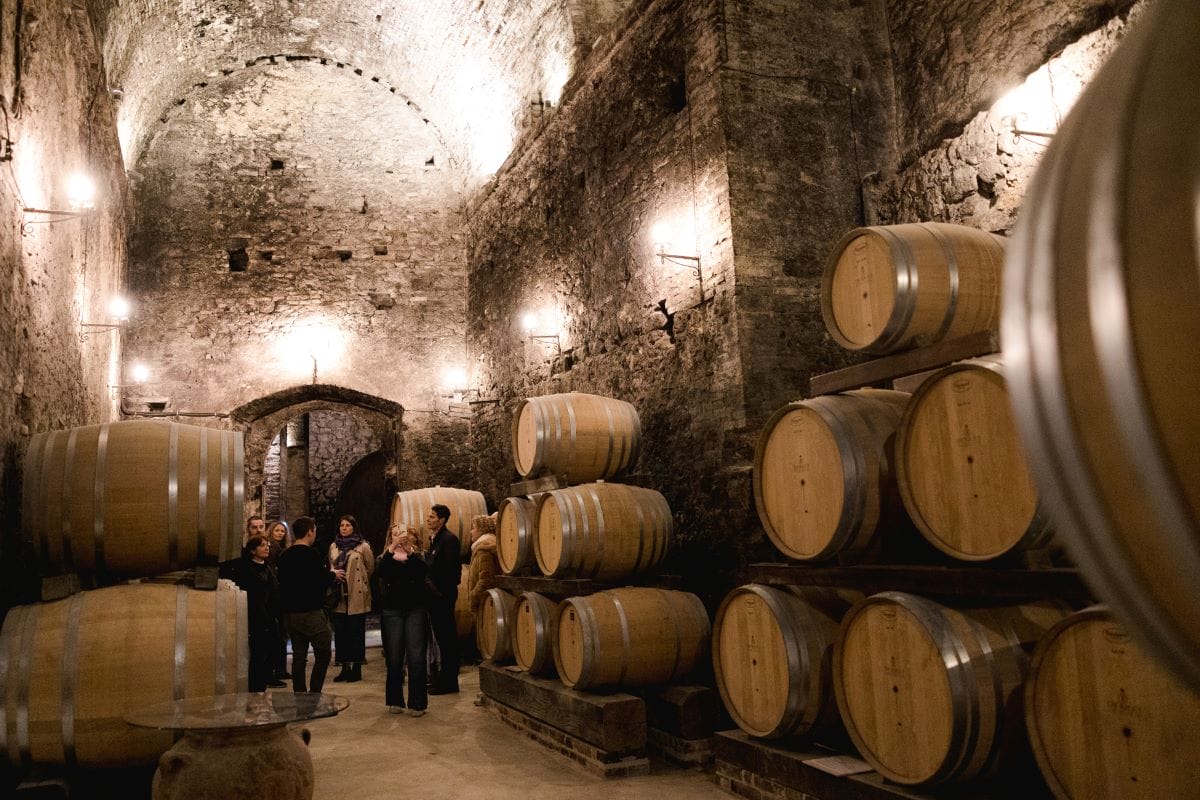
From grape to glass, Italian wine is perfection.
Table of Contents
ToggleThe Basics
First, a breakdown of Italian wine by the numbers:
- 48.9 million: hectoliters, harvested in 2015. The most of any country in the world.
- 20: regions. Each with its own unique character and flavors.
- 361: indigenous grape varietals catalogued by Italy’s Ministry of Agriculture and Forestry, and that’s not counting all of the clones of clones and their clones (Attilio Scienza, a renowned professor of enology in Milan, claims there are over 800).
- 329: DOC (short for Denominazione Origine Controllata or “Controlled Designation of Origin”) regions of Italy. This classification system was modeled after the French AOC and implemented in 1963 to ensure quality control in the making of traditional Italian wine.
- 74: DOCG, or Denominazione Origine Controllata e Garantita and the highest Italian wine classification, regions of Italy. Piedmont, Veneto and Tuscany boast the most per region.
Feeling overwhelmed? Remember our secret: the best way to make sense of the wide world of Italian wines it is to break it down by regions and then go to a given region and experience its wines. On top of a little imbibing, “experiencing” wine means coming in contact with the people, culture, and history that go into every drop. It means visiting the wineries, tasting the local food, and maybe even participating in a harvest. A Brunello di Montalcino will taste amazing no matter where you drink it, but to sip a glass in Montalcino on a sunny spring afternoon while surrounded by medieval architecture and the Tuscan countryside is an experience like no other. Wineries are ground-zero for such memorable experiences, but you can also enjoy Italy’s best wines at restaurants, hotels, and wine bars. All you need to do is reserve a half a day and an empty bicchiere (that’s “glass” for the uninitiated) and you’re on your way to experiencing the authentic culture of vino italiano.
For most travelers in Italy, the best regions to start with are the ones surrounding Italy’s most-visited cities. In between seeing the art, history, and culture of cities like Rome, Venice, and Florence, you can also enjoy their wider regions’ finest wines.
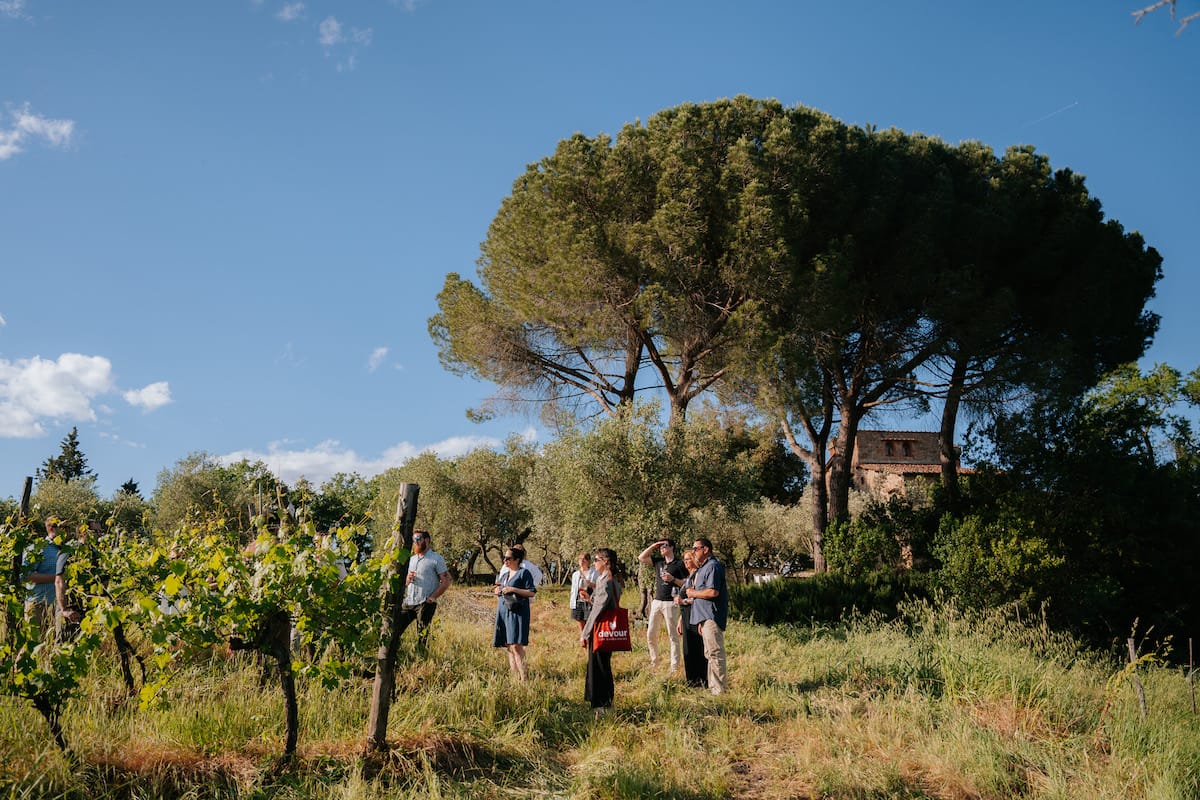
Discover Italian wineries and vineyards all around the country for a world of possibilities.
Rome
Rome is a must for every traveler in Italy, from first-time visitors to seasoned veterans. Given its reputation for unrivaled food, architecture and art, it may surprise you that wines from Lazio – the region surrounding Rome – have not historically been considered among the best wines in Italy. In fact, production around the Eternal City has traditionally been lackluster at best. However, in the last twenty years Lazio wines have incurred loyal followings from wine enthusiasts worldwide, mostly due to refinement in winemaking techniques.
Bottles from the area showcase impressive expressions of both international varietals, such as Cabernet Sauvignon or Semillion, and indigenous grapes, such Cesanese or Aleatico. Travelers stopping in the city can indulge in the former with a winery visit, tasting, and meal at Tenuta di Fiorano: a legendary winery once owned by a prince and located a mere 20 minutes south of the center of Rome (take the train to Ostiense and cab it from there if you’re not renting a car or transfer). For those who can’t quite make it out of the center of the city, try Al Grammelot enoteca located in the Monteverde Vecchio neighborhood of Rome, where Teodoro Capone offers a curated wine list of indigenous varietals from both the region of Lazio and Italy as a whole.
If you’re visiting Rome soon check out our blogs on things to do in Rome or book one of our award-winning Rome tours.
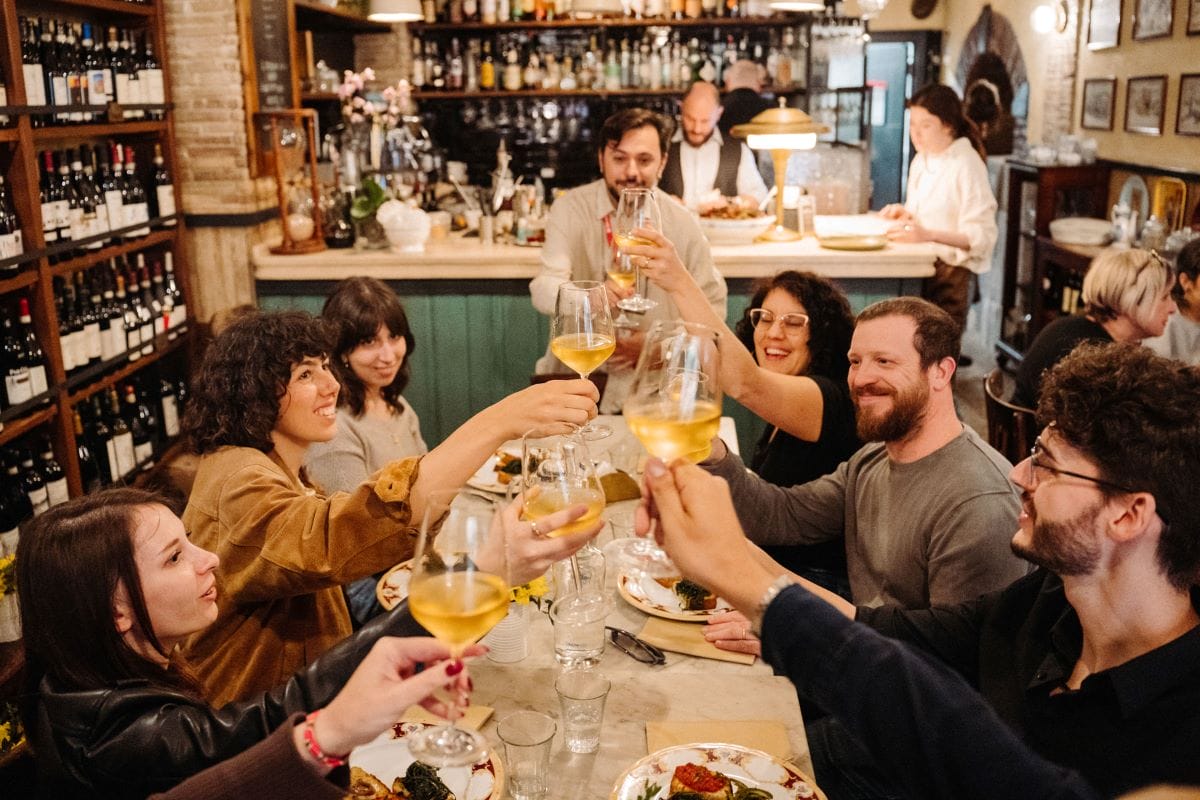
Some delicious wines can be found right outside of Rome.
Venice
It’s not illegal to visit Venice without tasting the local ombra (the Venetian word for wine), but it should be. The Veneto region is one of Italy’s most acclaimed when it comes to wines. No surprise given that it’s home to greats like Prosecco and Amarone. Dedicated oneophiles can explore the wider Veneto region in search of the best tipples but first time visitors can also sample some of the best without ever leaving the magical surroundings of Venice.
Travelers willing to venture into the stunning Venetian countryside have a plethora of options to experience the local wine scene. Lovers of Italian bubbly should check out Castello di Roncade, a 16th-century castle whose architecture will impress as much as its wine (they also offer round trip transfers from Venice for an additional fee). Wine aficionados might also wish to make the pilgrimage to Verona to visit Villa della Torre, where world famous Amarone is created by the well-regarded Allegrini family. The estate – a 16th-century Renaissance villa where the Venetian doges once partied – has been renovated to accommodate guests overnight. The estate also hosts tailored wine tastings with delectable meals featuring local cuisine.
If you want to taste Venetian wine with an expert tour guide check out our Venice food and wine tour! You can also find historic and cultural tours of Venice and Verona on our Venice Tour Page.
Florence
Tuscany is synonymous with Italian wine culture abroad, and opportunities to discover the local wines paired with gorgeous scenery and delicious food abound in this region. Perhaps the most famous Tuscan name in the wine world is that of the Antinori family, who have been making wine for 600+ years and whose award-winning wines first caught the attention of international wine collectors in the latter half of the 20th century. The Antinori’s roots lie in Chianti Classico, and their hospitality center in the heart of this region is a must for any Tuscan wine lover. It is an architectural masterpiece and museum to the history of the family, the region, and the wines. If you only have one opportunity to immerse yourself in the culture of Tuscan wines, this is your best bet. Choose from a range of guided tours before heading up to the restaurant, Rinuncio 1180 for a typical Tuscan lunch.
Travelers wandering through the area of Siena will not want to miss Montalcino, the heart of production for Brunello di Montalcino fine wines and one of the best day trips from Florence. The town itself – perched on a hilltop with what seems like an unending list of wine shops and an impressive medieval fortress – is definitely worth a visit, but it is the local wineries, such as San Polo, that will leave a lasting impression on all who set foot on their grounds. San Polo offers private, customized visits finishing with a meal overlooking the breathtaking Sienese hills, dotted with vines and Cyprus trees.
For more info on what to do in Siena, Check out our Pictorial Guide to Siena.
In addition to the two main winemaking areas of Chianti and Montalcino, Cortona/Montepulciano and Bolgheri offer stellar wines and experiences. Avignonesi is a breathtaking property near Cortona making exceptional biodynamic wines and offering visitors tours of the winery along with scrumptious meals at their on-site restaurant. The coastal wineries of Tuscany – in particular Tenuta San Guido and Guado al Tasso – make blends of international varietals that have been known to rival the best Bordeaux wines. Both of these wineries are open to visitors, and others, such as Tringali-Casanuova, offer overnight options for the full Tuscan agriturismo experience.
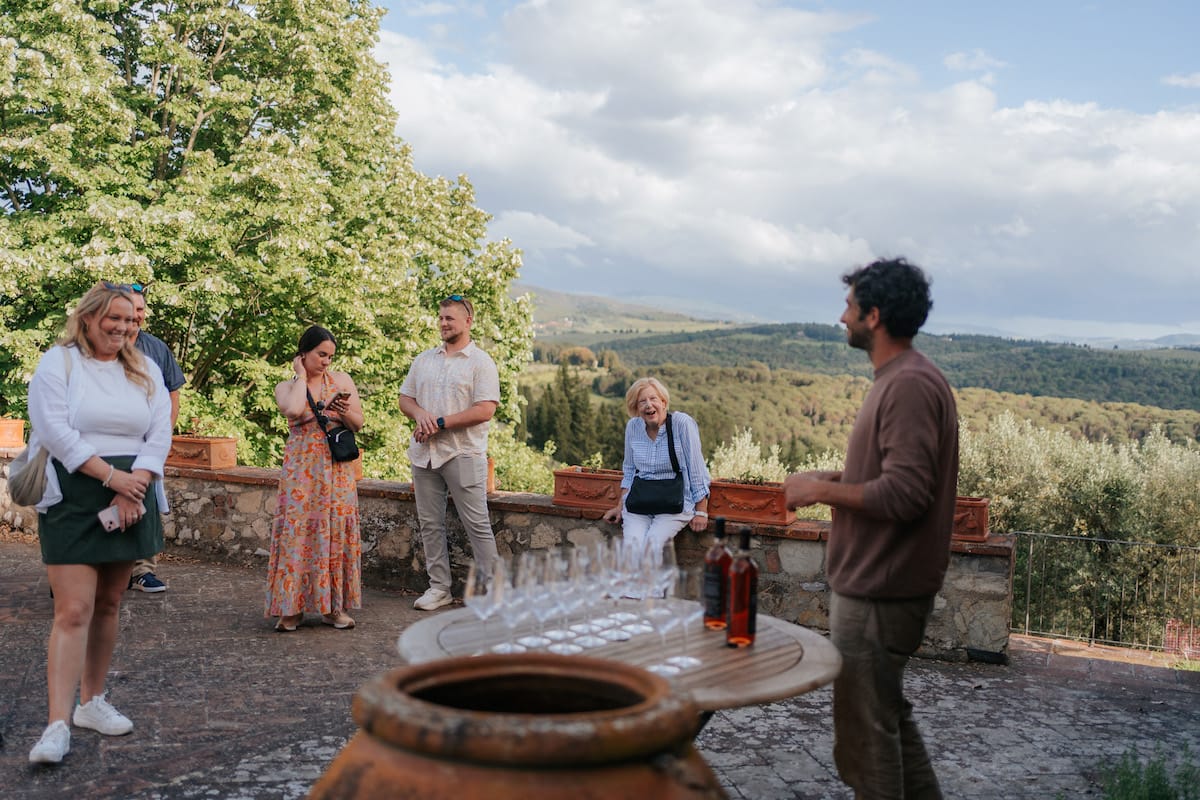
Nothing like going on a day trip to Tuscany’s countryside to enjoy some wine and learn about it.
by Walks of Italy
View more by Walks ›Book a Tour

Pristine Sistine - The Chapel at its Best
€89
1794 reviews

Premium Colosseum Tour with Roman Forum Palatine Hill
€56
850 reviews

Pasta-Making Class: Cook, Dine Drink Wine with a Local Chef
€64
121 reviews

Crypts, Bones Catacombs: Underground Tour of Rome
€69
401 reviews

VIP Doge's Palace Secret Passages Tour
€79
18 reviews

Legendary Venice: St. Mark's Basilica, Terrace Doge's Palace
€69
286 reviews









